7 Tech Purchases You Should Avoid
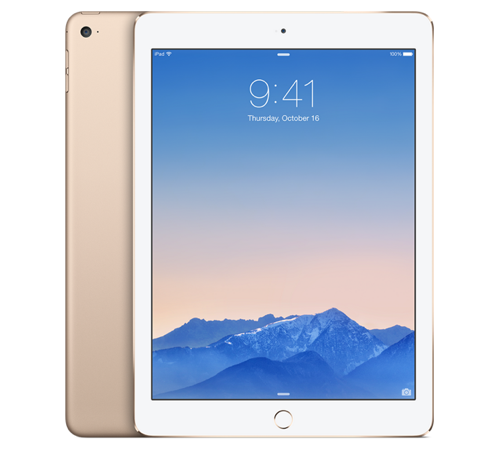
This story is being featured as part of our “Yahoo Best of 2015” series. It was originally published on March 13, 2015.
We love our technology. But sometimes our lust blinds us, and we make unwise purchase decisions.
We’re talking about that sweet Blu-Ray player you only used to watch the unedited version of The Lord of the Rings trilogy and never turned on again. Or those $99 HDMI cables, because you spent so much on the TV anyway.
Want to avoid making the same kinds of mistakes in the future? Then don’t buy things like these products:
1. “Premium” audio microSD cards
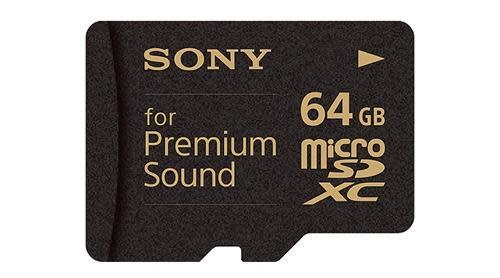
This is Sony’s 64GB microSDXC memory card for Premium Sound. It looks just like any other microSDXC card, but Sony claims it has imbued it with the ability to reduce “electrical noise” caused by a media player, such as your smartphone, compared to a normal microSDXC card. Oh, and it costs about $160.
But, as The Verge points out, music players like your smartphone read data from memory cards sporadically, not continuously. Furthermore, bits are bits. They’re either there or not.
In reality, most people probably won’t be able to tell the difference between using a regular $30 microSDXC card and Sony’s super special card. In other words, avoid it.
Money saved: $130, Sony Premium Sound Card vs. SanDisk microSD card
2. High-resolution music players
High-resolution music players are designed to provide superior audio quality to such plebeian devices as your smartphone. But that supposed quality comes at a serious premium, and worst of all, it doesn’t seem to deliver.
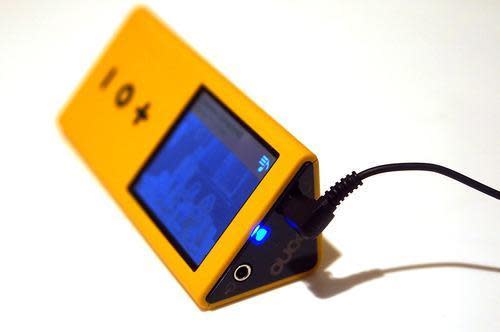
Take Neil Young’s $400 PonoPlayer, for example. In our review of the PonoPlayer, David Pogue asked several people if they could tell the difference between the high-res player and a regular iPhone. No one, not even Pogue, a trained musician, was able to.
If you just want your music to sound great, buy a decent pair of headphones.
Money saved: $300, PonoPlayer vs. Sennheiser Momentum headphones
3. Tablets with 4G LTE
You can’t walk 10 feet in any major city without being notified that there’s an open Wi-Fi connection nearby. Even if you’re living in the ’burbs, your local Internet service provider (ISP) likely offers free Wi-Fi access nearly everywhere you go, as long as you’re a customer.
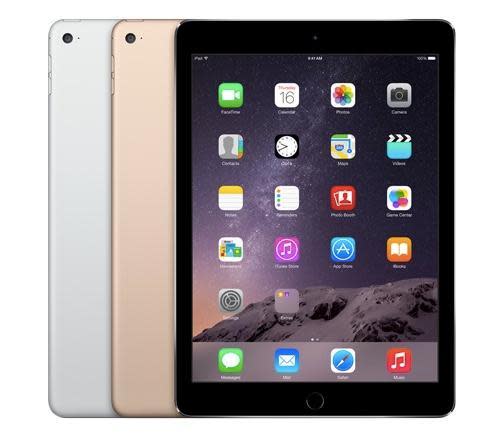
With so much connectivity available, why would you drop the extra cash on a tablet with a built-in 4G LTE radio? Take Apple’s iPad Air 2 with LTE, for example. Not only does it carry a $130 premium over its Wi-Fi-only sibling, depending on your carrier, it also requires that you pay for cellular access.
Save your cash and buy a Wi-Fi-only tablet instead. Get a mobile hotspot (like a MiFi) or use your phone as a hotspot if you need to connect when you’re not near a Wi-Fi signal.
Money saved: $130, Wi-Fi-only iPad vs. 4G LTE iPad
4. Cellphone plans with too much data
The way we talk about wireless data today, you’d think that people were downloading the contents of the Library of Congress every month.

In reality, you don’t need a cell phone plan with 10GB of data, even for a family plan.
The average U.S. smartphone owner consumes less than 2 gigabytes of data each month. Even if you’re streaming music, browsing the Web, and checking emails, you shouldn’t break through the 2GB barrier. The folks that go beyond 2GB are likely the same ones that are streaming movies on their smartphones and tablets. This should be done on Wi-Fi.
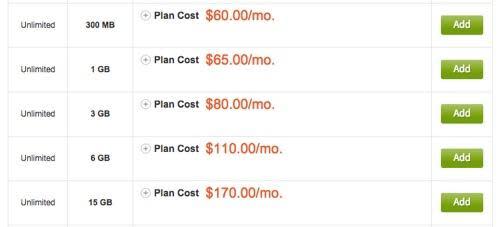
So skip the 10GB plans and connect to Wi-Fi whenever possible, and you’ll end up saving a good chunk of change.
Money saved: $60 per month, Verizon 10GB plan vs. Verizon 2GB plan
5. 4K TVs smaller than 50″
TVs with 4K resolution promise sharper visuals than your average 1080p set. To see that benefit, though, you’ll need a TV with a screen that’s at least 50 inches or larger.
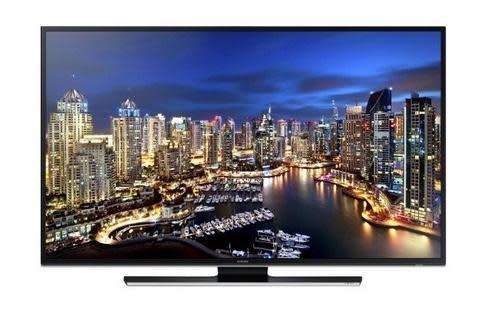
That’s because the difference in image quality between a 4K TV and a 1080p TV is virtually nonexistent at smaller screen sizes. It isn’t until you start to reach the 50-inch size range that you’ll begin to see an improvement in display sharpness.
Even if you go with a 50-inch TV, you’re going to have to sit relatively close to the screen to see a real benefit.
For now, you’re better off just buying a 1080p TV with a high refresh rate and great color quality. At least then you’ll be able to see what you’re paying for.
Money saved: $500, 40-inch 4K TV vs. 40-inch HD TV
6. Expensive HDMI cables
While we’re on the topic of TVs, let’s talk about high-priced HDMI cables.. You know the ones we’re talking about, the $100 wires with gold-plated tips, promising superior image quality. There’s even a cable by AudioQuest that has — gasp! — Ethernet built in for the low, low price of just $2,200.
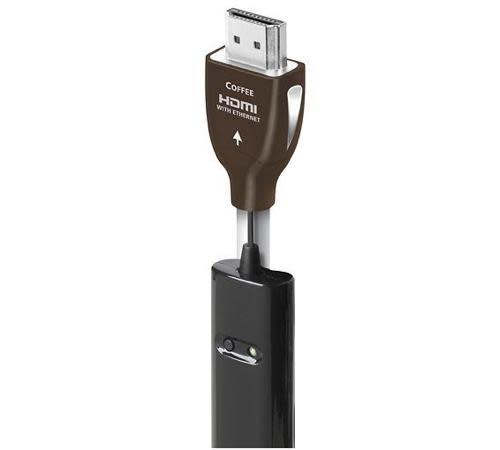
The truth is, they’re all a rip-off. The only thing that matters when buying an HDMI cable is that it’s a HDMI 2.0 cable. Beyond that, the vast majority of cables are the same when it comes to video quality. All they do is pass 0s and 1s to your TV. Nothing can improve that.
As long as you’re using cables under 10 feet or so, they’re all the same. Whether you buy a $10 cable or a $110,000 cable, you’ll get the same results.
Money saved: $2,185, AudioQuest Coffee HDMI vs. Amazon HDMI
7. 16GB iPhones and iPads
This one is sure to be controversial, but it’s the truth.
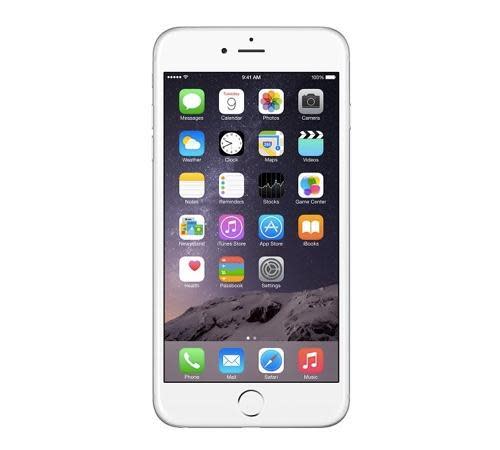
For most people, the go-to iPhone and iPad models are the 16GB versions, as they are the least expensive. But unfortunately, when you take into account the huge number of photos, videos, apps, and songs we save on our devices, 16GB isn’t all that much anymore.
Add to that the fact that Apple’s iOS updates are getting larger (the last version saw people, including yours truly, having to delete files to even download the patch), and 16GB just doesn’t cut it anymore.
That’s why, if you’re going to buy a new iPhone or iPad, you’ll want to consider moving up to the 64GB models. You’ll get four times the storage space and are likely to never have to worry about running out of memory.
Trust me, it’s worth it.
Money saved: $0, but at least you’ll save your sanity
Email Daniel at dhowley@yahoo-inc.com; follow him on Twitter at @DanielHowley or on Google+.

